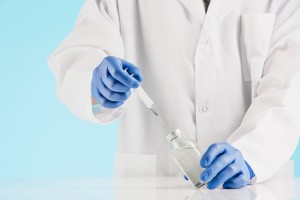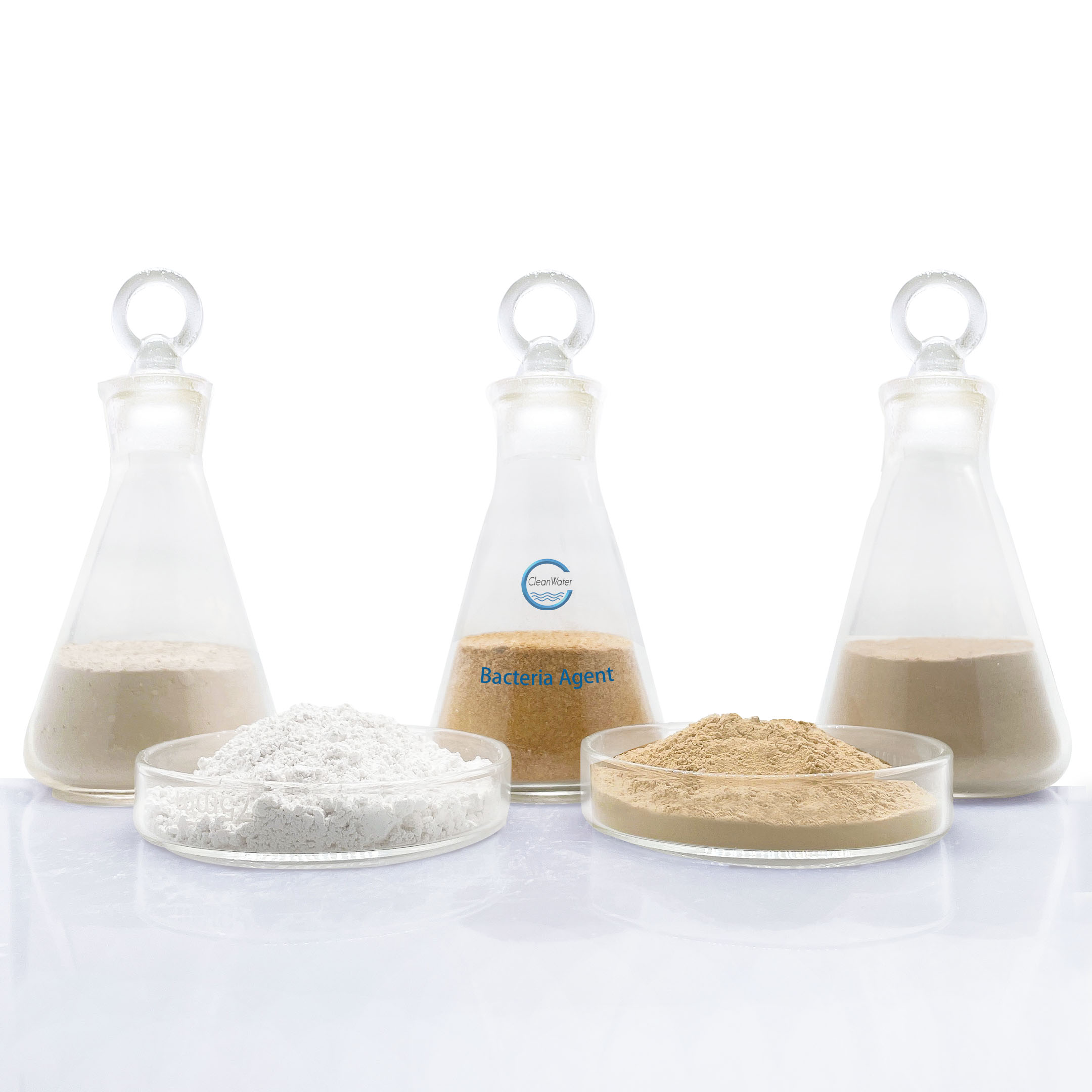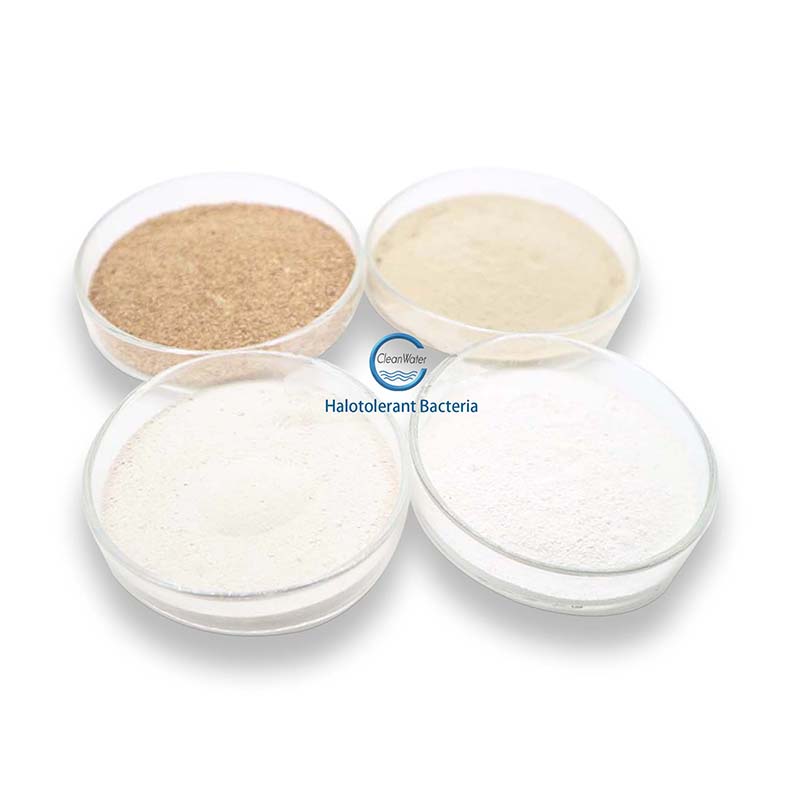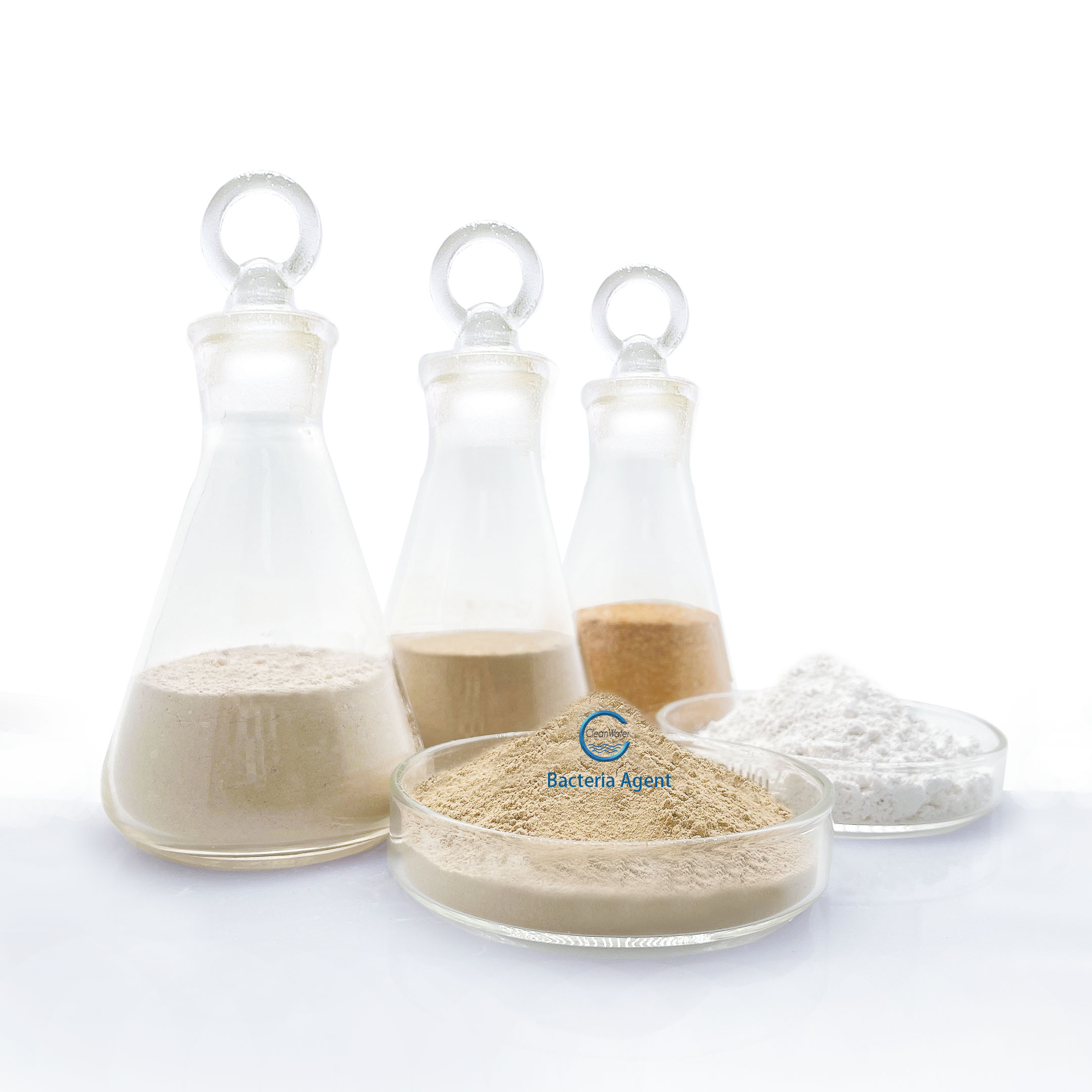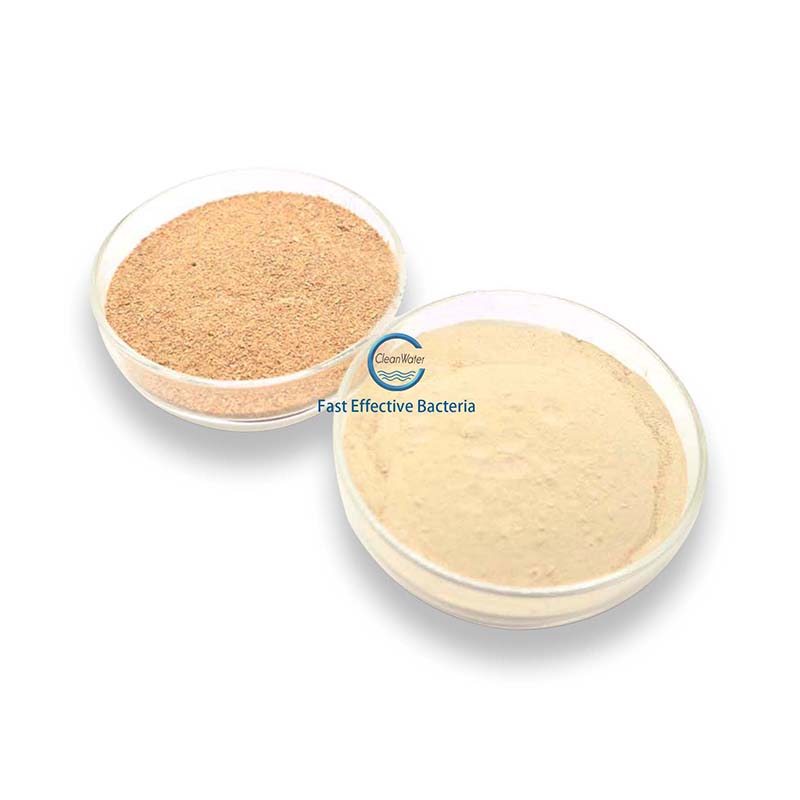Low-Temperature Resistant Bacteria
Description
Application Filed
It can be used when water temperature is less than 15℃, it’s suitable for municipal sewage treatment plant, all kinds of industrial waste water such as chemical waste water, printing and dyeing waste water, garbage leachate, food industry waste water and so on.
Main Function
1. Strong adaptability to low temperature water environment.
2. Under low-temperature water environment, it can effectively degrade various of high concentration of organic pollutants, solve technical problems like difficult discharge of sewage.
3. Improve the ability of organic matter to reduce COD and ammonia nitrogen.
4. Low cost and simple operation.
Application Method
According to the biochemical system water quality index, the first dosage of industrial waste water is 100-200 g/cubic (calculated by the volume of biochemical pool). If it has too big impact on biochemical system caused by fluctuations of influent, the dosage is 30-50 g/cubic (calculated by the volume of biochemical pool). The dosage of municipal sewage is 50-80 g/cubic (calculated by the volume of biochemical pool).
Specification
1. Temperature: It’s suitable between 5-15℃; it has higher activity between 16-60℃; it will cause bacteria to die when the temperature is higher than 60℃.
2. pH Value: The average range of PH value is between 5.5-9.5, it can grow fast when PH value is between 6.6-7.4.
3. Dissolved Oxygen: In the aeration tank, the dissolved oxygen is at least 2mg/liter, the bacteria with highly adaptability will accelerate the metabolism and degradation rate of the target substance by 5-7 times than in sufficient oxygen.
4. Micro-Elements: The proprietary bacteria will require many elements in its growth, such as potassium, iron, calcium, sulfur, magnesium, etc. Usually the soil and water source will contain sufficient amount of such elements.
5. Salinity: Suitable for both seawater and fresh water, it can withstand up to 6% salinity.
6. Anti-Toxicity: It can effectively resist chemically toxic substances, including chlorides, cyanides and heavy metals.





